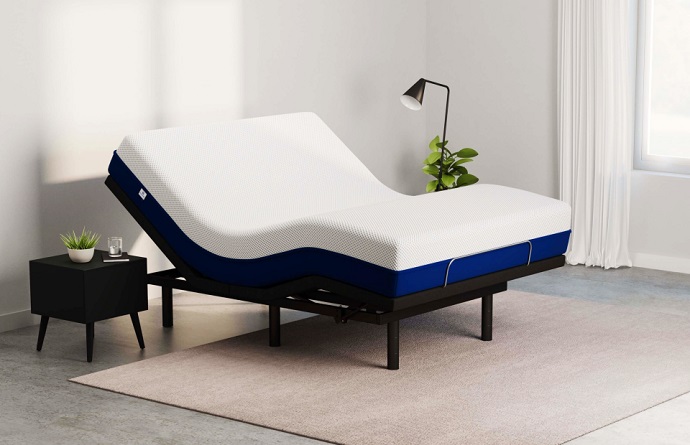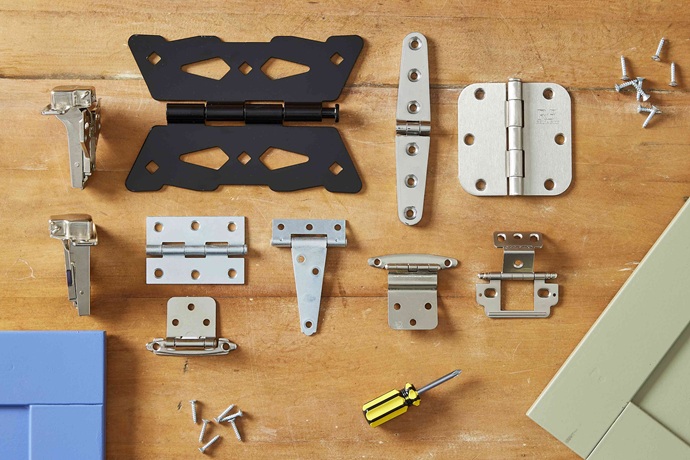The amount of people suffering from neck, shoulder and back pain is constantly on the rise due to the nature of most jobs nowadays. The best way to tackle this issue is by implementing ergonomic furniture in the workplace. Most employers start by providing their employees with ergonomic chairs, hoping to increase their productivity and reduce their health problems.

However, when it comes to buying an office chair ergonomics experts say that not all chairs that are labeled “ergonomic” are actually ergonomic. Many manufacturers simply put this label on their products to increase sales, without having all the needed features to be declared as such. A proper ergonomic chair ergonomics experts suggest, is one that is customisable in almost any aspect in terms of adjustability.
Seat Depth and Width Adjustment
The ability to adjust the chair’s depth will impact how much your thighs are supported. In order to check the depth, sit back as far back as possible. The space you need between the back of your knees and the chair should be about three fingers wide. That being said, an ergonomic chair should have a seat slider so you can adjust this easily.
Seat Height Adjustment
Perhaps one of the most essential features, not just for ergonomic chairs but chairs in general, is their height adjustability. The height adjustment feature ensures your legs, arms, eyes and neck are properly positioned. Your feet should always lay flat on the ground, your hands should rest comfortably on the desk, and your eyes should be at eye-level with the monitor.
Back Support
The back support of ergonomic chairs should also be height adjustable so that you can get maximum support for the lumber region of your spine. The shape of the back support and the fabric can vary greatly based on the ergonomic principle that the chair is supposed to achieve. However, most ergonomic chairs offer sufficient levels of ergonomic support to match the spine’s contours.
Fabric and Cushioning
The seat, backrest, and armrests should all be well padded to ensure maximum comfort as well as that your body doesn’t press against the frame of the chair. The padding shouldn’t be soft, but firm and of good quality in order to ensure it lasts for a reasonable amount of time. Chair covers should be non-slippery, easy to wash and clean, and of a fabric that is permeable to moisture. Quality covers promote comfort and prolong the life-span of the chair. And last but not least – the upholstery should meet the BS 5852 regulations as to not present a fire hazard.




















